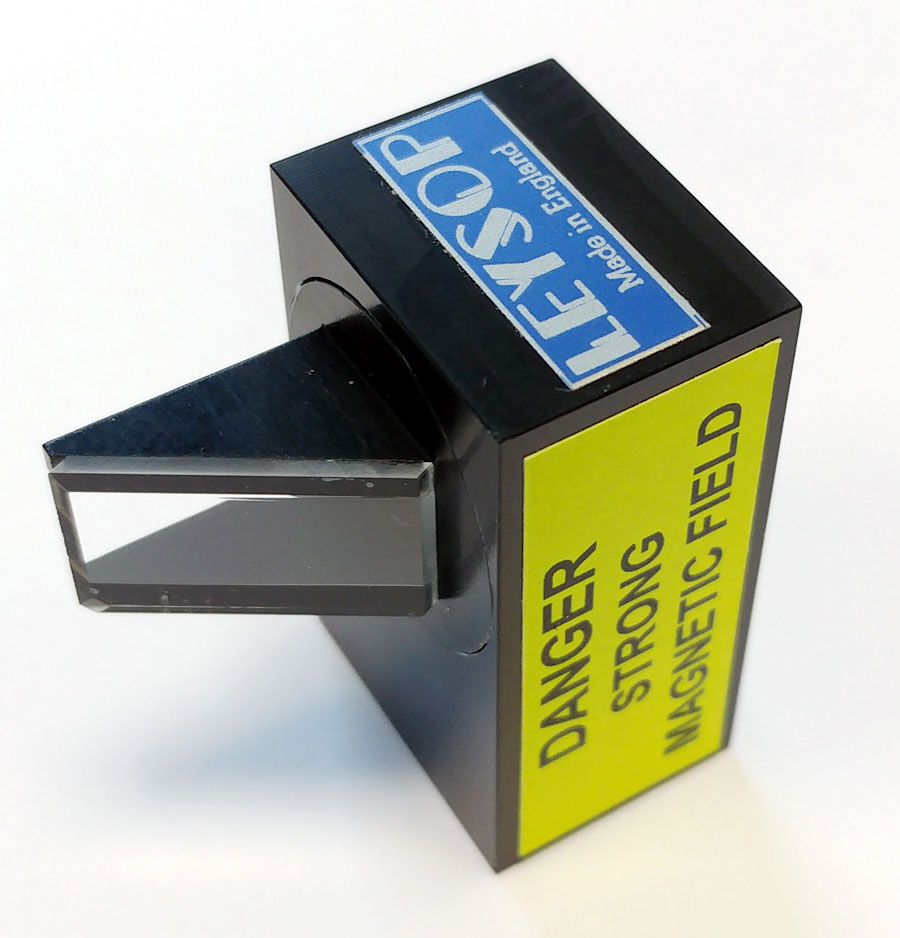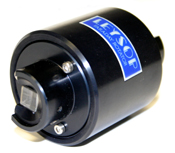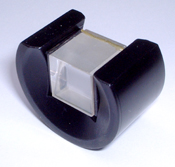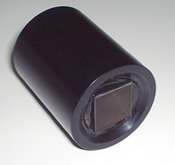Optical Diodes
For control of the propagation direction in ring lasers
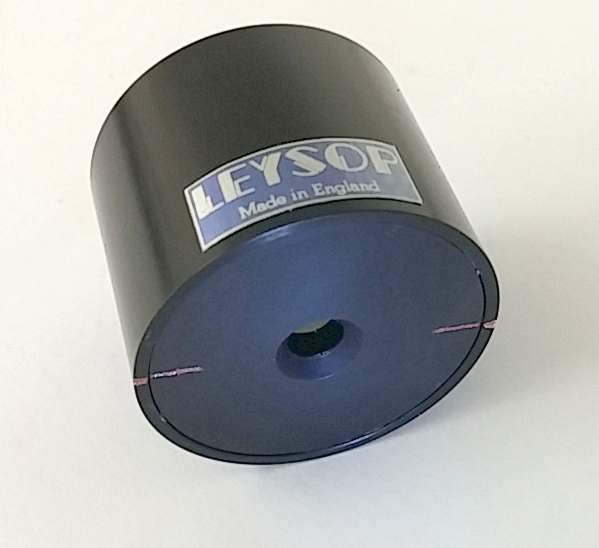
A well-known problem with standing wave laser resonators is the effect of spatial hole burning where the standing waves cause localized saturation of the gain and the laser medium in not used uniformly. This can lead to a loss of efficiency as well as instability. One common solution for this is to use a ring laser cavity in which no resonances can form so the whole of the laser medium is utilized. However, it is not desirable for the laser to have two counter-propagating waves of equal intensity competing for the laser gain, so a method must be found to produce a higher loss for light travelling in one direction around the ring versus the other. The differential loss generally does not need to be that high, the nature of the laser gain competition is such that only one direction of propagation will be supported.
The problem then is how to create such a directional loss. The answer lies in the Faraday effect. Present to some extent in all media, the Faraday effect describes a rotation of the plane of polarization of light in the presence of a strong coaxial magnetic field. The effect is generally quite small and is only significant in a handful of materials but especially so in terbium doped glasses and in particular in single crystal terbium gallium garnet (TGG). What is especially important about the rotation produced by the Faraday effect is that it is non-reciprocal in nature, unlike that produced by a quartz rotation plate or a suitably orientated half wave retardation plate. In the latter, a rotation of the polarization axis in say a clockwise sense for light passing through, will be reversed for light travelling in the opposite direction leaving retro-reflected light polarized the same as before.
In the non-reciprocal TGG element though, the clockwise rotation in one direction will also be clockwise for light passing through in the other direction so the polarization axis is rotated through twice as much on retro-reflection. Combining a TGG Faraday element with a passive rotation of equal strength from a quartz rotator or half wave plate allows rotations to be summed to zero in one direction of propagation, but doubled in the opposite direction. A polarization dependent loss in the cavity (such as in a polarized gain medium like Nd:YVO4 will have therefore have a strong suppression effect for light propagating in one direction only and uni-directional lasing will be produced.
Leysop Ltd have been supplying complete optical diode assemblies (including the magnets) for over 20 years such as the above illustrated 5mm aperture diode in a 35mm diameter housing as well as the basic optical and magnetic components for OEM laser manufacturers to incorporate into their own designs so please let us know your requirements and we will be happy to help you to realize them.
Here is an example of a custom solution with integrated Brewster cut quartz rotator plate:
